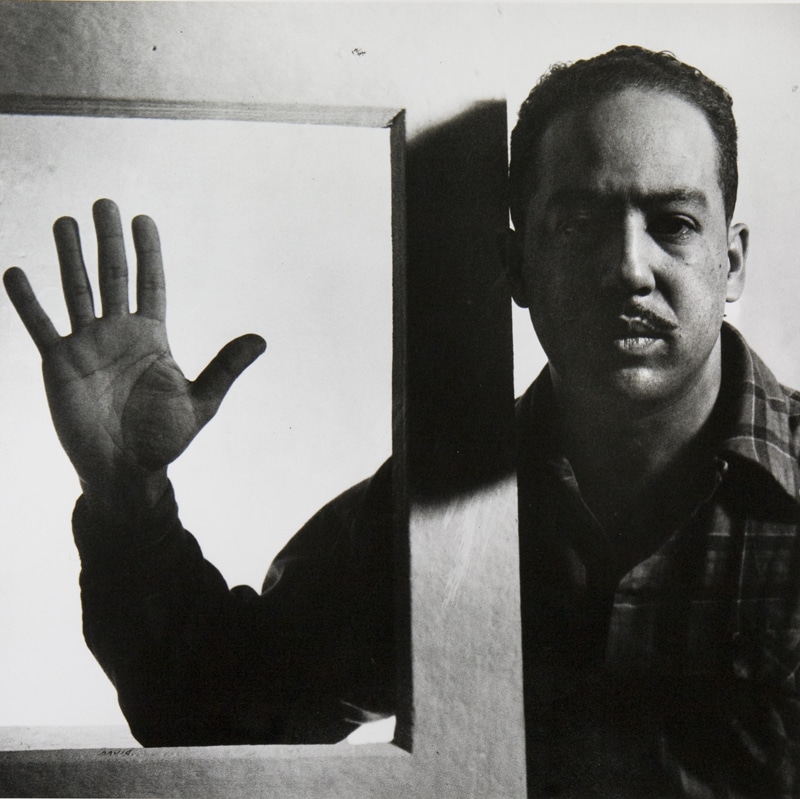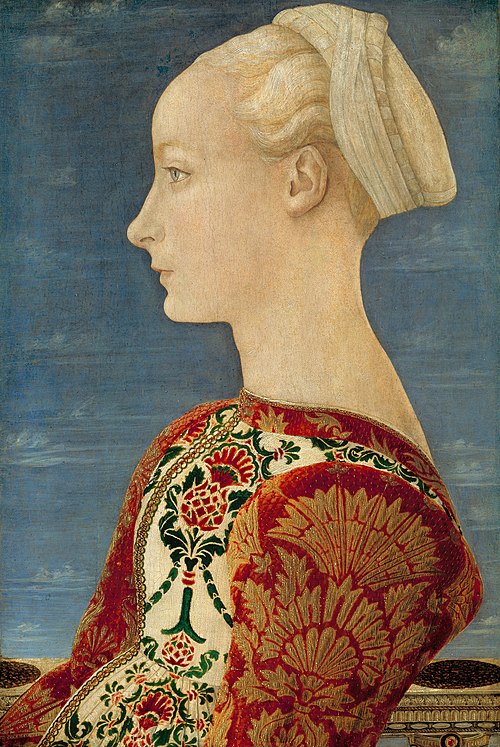After seeing the Gordon Parks exhibit now showing at Harvard’s Ethelbert Cooper Gallery of African & African American Art, it was clear that the work has a lot to offer to children who may not be aware of this time period in history.
While not a trained art teacher nor museum educator, I do have a Master’s Degree in Arts in Teaching (French) and worked as an educator for approximately 10 years (pre-K through 12, mostly in English as a Foreign Language in various foreign countries), and I now own an art gallery. With my current role, my two children and my teaching credentials, I like to think I’m qualified to talk about how to engage children with various subjects, including art.
Theme 1: Visually Compelling Work
The composition of Gordon Parks’s work is technically excellent. Sharing what makes those photographs great with children can be a fun exercise. Obviously, at what level this is done depends on the child.
Below are a few suggestions for different levels of children. They start with more simple shapes and color and go to more complex concepts of how certain Parks’s work tends to mirror Renaissance compositions. Even the most simple explanations are appropriate for all, whereas the more complex should be saved for older children or adults.
Color and Shapes (ages 2-5)



Using the three photographs above, there is a lot one can do for talking to a child. To engage, usually it’s best to start with the obvious, and the younger the child, (approx. 2-5 years old) don’t spend more than 30 seconds or a minute per photo, let the child be the guide. Let art be fun – not a chore.
Suggested Questions (can be used with all the photographs, and all art!)
Who / What do you see?
What shapes do you see?
What colors do you see?
How many people/things can you count?
What body parts do you see/can you name? (where is the man/boy/woman/girl ‘s ….)
What do you think is happening? Why?
Can you tell me a story about the picture? (to go deeper)
Composition (ages 5 and above)
A family portrait
Delving into composition, a compare and contrast can be a rich activity for children as it allows them an easy way to talk about artwork on their own level.
Such an activity may also drive home the artistic nature of Parks’ work, demonstrating his artistic genius as children may be able to appreciate the similarities between his work and those of masters from centuries before. Nonetheless, getting children to like the work isn’t the key – it’s getting them to look closely and in a different way than they usually look at things.
The Fontenelles at the Poverty Board is a beautiful piece that exudes an almost Renaissance-like quality due to its composition of the family, and yet is clearly modern with the clothing, background and even the way the photograph was taken over the shoulder of an individual we can assume is a bureaucrat.

An enjoyable activity may be to compare and contrast it with an older piece of artwork. I might suggest something with similar yet different aspects. In the first example, we find Nicolas Poussin’s The Holy Family on the Steps, where a triangular composition of five bodies is also present. Such similarities can be a good jumping off point.
Questions such as, what’s the same? What’s different? can start a conversation.
If children are having trouble delving into their personal analysis of the work, you can start with asking about how many people are in the image, and what their relationships may be. You can ask:
Who do you thing these people are? What do you think are their relationships to each other? What they are wearing? What season do you imagine it might be? What is each person in the image doing? What is the artist trying to say? Remember to try to follow up their answers with “why do you think that?” Getting children to give you evidence of their answers provides a richer experience for all.
If possible, try to avoid getting into “value judgements” of which piece of artwork one likes more, and instead try to think about how they are similar and different, despite the centuries that separate them.

An individual portrait
Parks’ Untitled below is reminiscent of many Renaissance profile paintings. With this woman’s beautifully ornate hair (the hat, the braid), her striking glasses, perfectly stern expression as well as the folds of her dress, she seems to be a work of art in herself.

As such, comparing her to another profile painting from hundreds of years previous might be an easy way to see how artistic and painterly Parks’ work really is.

Similarly to the first set of images, here we can again compare and contrast the two works. Similarities and differences abound, and using questions such as the dress and look of the two women as well as the background would be good places to start.
What about skin color?
With both of these sets of images, and with much of art history, it is important to note that (as we see above) there is an unfortunate preponderance of European art (and Caucasian faces, and artists) in the “canon” of art history. What is fantastic about Parks is that he helped, in his own small way, to bring his own perspective and to bring another face and another view to art and journalism.
This imbalance may be a topic to either bring up unprompted or to address if the child mentions it. I would simply recommend that skin color, especially if brought up by a child, is never something to be ignored or glossed over as a topic of conversation. While every parent or adult has to decide how to address it themselves, I find that acknowledging the vast variation of skin color that exists (it’s not just black and white…) and trying to drive home the message that all skin colors are equally good (“we are all the same on the inside”), works for me. This has been a simple (and hopefully effective) message.
Theme 2: Segregation
In looking at Gordon Parks’ work it is, indeed, impossible to ignore the concept of skin color and the formative role that played in many people’s lives in the Jim Crow South, and how the undercurrents of racism and inequality continue to influence lives today.
Parks has many images from his collection that can help illustrate a message of inequality, especially for children. In presenting such images, it’s best to work with children who are mature enough to empathize with others. This means probably at least 5 years or older. Being able to “put themselves in someone else’s shoes” will allow these images to have a real impact.
Below are three selected images: one of children looking in at a carnival that they cannot attend, another where a family is ordering ice cream from the “colored” line, and a third where a family is drinking water from the “colored” water fountain.
A good jumping off point is to start with similar activities from the start of this post: talk to the child/children about what they see/notice. What do they think is happening? What is the artist trying to tell us? What questions do they have (“I see… I think… I wonder…”) From there, a conversation about what is happening in the image can commence.



Once a conversation has begun either about one or more of the images, children may volunteer their own feelings about what they see. If not, they can be asked directly about how they would feel if they were one of the children. Following up the answers with a “why” may give more insight or lead to a more fruitful conversation.
Such a conversation should ideally be part of a larger study of the topic of Civil Rights if possible, or part of a continuing discussion either in school or at home about Civil Rights/Racism/Injustice/Social Justice. One-off discussions with children on such topics such as segregation will never make as much as an impact as an ongoing dialogue.
Conclusion
Sharing artwork with children can sometimes feel like a daunting task. Bringing a child (or – even harder – multiple children) to an art museum can feel overwhelming. That said, there are always ways to share art with children. Whether through brief visits to exhibits or galleries (and don’t forget to prep children beforehand on what skills to be “practicing”!), or looking at a book full of paintings, photographs or sculptures, there’s always something new to discover. Or, in this day and age, just ask a child what kind of art they’d like to look up online – they’re sure to give you something (even if you just end up looking at photographs or paintings of lizards!).
With such comfort around art will come the ability to use it as a tool for dialogue. Here, in this post, it has been used with younger children as an enjoyable exercise to look at the forms and shapes one sees in art. For slightly older children, has been used as a compare-and-contrast analysis between two pieces of artwork. In the final set of images we saw how art, and particularly photography, can also be used as a historical artifact and an educational tool to help younger generations understand the struggles of the older generations.
While art may sometimes seem like a static piece of material hanging on the wall, it’s up to us, those who love it and have the capacity to use it to teach, to do so, and to help it come alive for others! Please use this post and any other pieces of artwork that move you to engage children, and help pass on a love and appreciation for the arts!

Together with almost everything that appears to be building throughout this specific area, all your perspectives tend to be relatively radical. Nevertheless, I appologize, but I do not give credence to your entire theory, all be it exciting none the less. It appears to everybody that your commentary are actually not completely justified and in simple fact you are yourself not even totally convinced of the argument. In any event I did enjoy examining it.
Like!! Great article post.Really thank you! Really Cool.